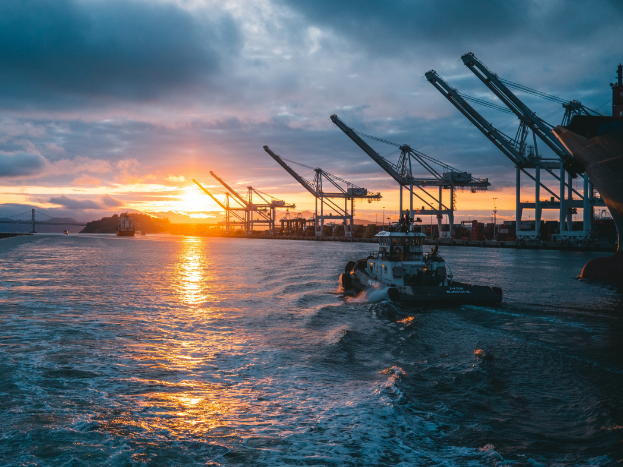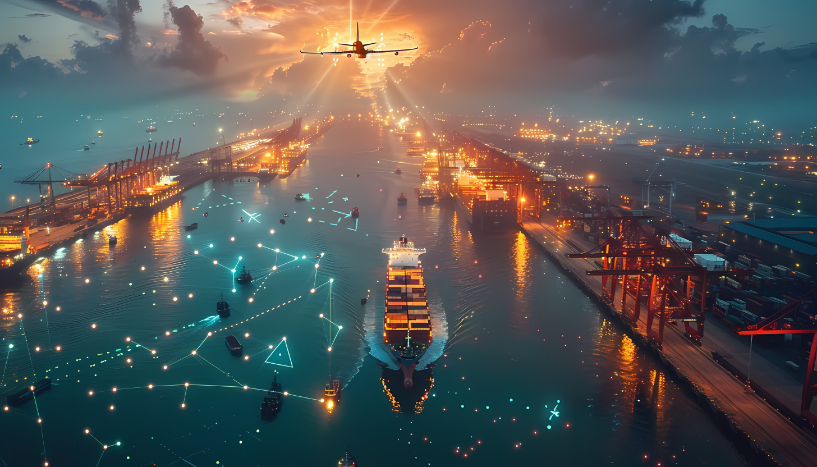Introduction
The world’s growing energy demands have accelerated advancements in offshore technology, especially in deep-sea exploration. Deep offshore technology encompasses cutting-edge tools and systems designed to extract resources from ocean depths where traditional equipment would falter. Let’s explore how deep offshore technology is reshaping the future of energy.
What is Deep Offshore Technology?
Deep offshore technology refers to specialized engineering and techniques employed in underwater oil and gas exploration. It focuses on equipment, procedures, and innovative designs that enable extraction at depths of over 1,500 meters below sea level. This technology has transformed the way we access oil and gas, making previously unreachable reserves accessible.
The Evolution of Offshore Technology
Early Beginnings of Offshore Drilling
Offshore drilling began in the 19th century, but technology limitations restricted early efforts to shallow waters near coastlines. The need for deeper exploration drove the development of more sophisticated equipment.
Technological Advances in Offshore Exploration
With advancements like floating rigs, subsea wellheads, and modern drilling techniques, deep offshore technology took shape, marking a breakthrough in reaching vast, untapped reserves.
Why is Deep Offshore Technology Important?
Rising Demand for Energy
As global populations and industrial needs grow, energy consumption increases. Deep offshore technology opens up new sources to meet these demands.
Increasing Importance of Deep-Sea Resources
The ocean holds a significant percentage of the world’s undiscovered oil and gas resources, making deep-sea exploration essential to maintaining a balanced energy supply.
Core Components of Deep Offshore Technology
Subsea Drilling Equipment
Subsea drilling systems are designed to withstand high pressures and temperatures in the deep sea. These include blowout preventers, riser systems, and drilling rigs engineered for stability in turbulent underwater conditions.
Floating Production Storage and Offloading (FPSO) Units
FPSO units are floating vessels used to process and store extracted oil and gas, eliminating the need for fixed installations and making deep-sea drilling more efficient and adaptable.
Innovative Technologies Driving Deep Offshore Exploration
Remotely Operated Vehicles (ROVs)
ROVs are essential in deep-sea exploration, allowing operators to monitor and manipulate equipment from a safe distance. Equipped with cameras, lights, and robotic arms, ROVs play a pivotal role in maintenance and inspections.
Autonomous Underwater Vehicles (AUVs)
AUVs work independently, conducting detailed seabed mapping, pipeline inspections, and environmental assessments without human intervention.
Challenges
High Costs of Development and Operation
Exploring deep waters requires specialized, costly equipment, with projects often exceeding billions of dollars. Operational expenses are high due to maintenance and the need for robust infrastructure.
Harsh Environmental Conditions
Deep-sea environments are often unpredictable, with extreme temperatures, high pressure, and corrosive saltwater that demand highly durable materials and engineering solutions.
Environmental Concerns and Sustainability
Impact on Marine Ecosystems
Extracting resources from ocean depths can disrupt ecosystems, affecting marine biodiversity and habitats. Sound pollution and chemical discharge from drilling are concerns that need addressing.
Mitigation Efforts for Reduced Environmental Footprint
To reduce impact, companies are adopting sustainable practices like eco-friendly drilling fluids and noise-reduction technology, as well as conducting extensive environmental impact assessments.
Safety Measures
Enhanced Safety Protocols and Equipment
Safety is paramount in deep offshore drilling. Equipment such as blowout preventers (BOPs) and real-time monitoring systems ensure quick response during potential hazards.
Emergency Response Systems
Comprehensive emergency protocols, including evacuation plans and remote shutoff systems, are in place to minimize risks to workers and the environment.
The Role of AI and Robotics
Automation in Drilling and Maintenance
AI-driven automation has become central to deep-sea operations, from positioning rigs to controlling drilling accuracy. Automation reduces human error and enhances operational efficiency.
Predictive Maintenance Using AI
AI-powered predictive maintenance can identify potential equipment failures, allowing for proactive repairs and reducing the risk of breakdowns during critical operations.
Economic Impact
Job Creation and Industry Growth
The expansion of deep offshore exploration creates employment opportunities in engineering, manufacturing, and environmental management, contributing to the local economy.
Contribution to Global Energy Supply
Deep-sea resources play a vital role in meeting energy demands and reducing dependence on geopolitically sensitive land-based resources.
Top Players
Notable Companies Leading Innovation
Companies like Shell, BP, and ExxonMobil are at the forefront of offshore technology, investing in innovations that push the boundaries of what’s possible in deep-sea exploration.
Significant Projects in Deep Offshore Exploration
Projects like the Perdido in the Gulf of Mexico and the Liza field in Guyana are among the largest deep-water fields in the world, showcasing the potential and scale of deep offshore technology.
Future Trends
Digitalization and Data Analytics
Data analytics tools offer real-time monitoring and predictive insights, enhancing decision-making, operational efficiency, and safety measures.
Green Energy Integration
Companies are also exploring ways to integrate renewable energy sources, such as offshore wind and wave energy, into their operations, reducing environmental impact and moving towards a greener future.
Comparing Deep Offshore Technology with Other Energy Technologies
Onshore Oil Exploration
While onshore drilling is more cost-effective and logistically simpler, it lacks the vast resource potential that deep offshore fields offer, making both essential to global supply.
Renewable Energy Alternatives
As renewable energy grows, deep offshore oil and gas continue to be integral to energy diversification, ensuring reliable energy supply while renewables scale up.
Conclusion
Deep offshore technology is more than a series of tools and systems; it’s a transformative field that taps into the depths of the ocean to secure our energy future. With continuous advancements, this technology stands to play a crucial role in meeting energy demands while maintaining a focus on environmental sustainability. As companies innovate and adapt to the evolving landscape, deep offshore technology may become the linchpin of future energy solutions.
Frequently Asked Questions (FAQs)
- What is the main purpose of deep offshore technology?
Deep offshore technology enables oil and gas extraction at extreme ocean depths where traditional drilling methods are ineffective. - What are some of the biggest challenges in deep offshore exploration?
Major challenges include high operational costs, harsh environmental conditions, and significant ecological impacts on marine life. - How does AI benefit deep offshore technology?
AI enhances operational efficiency through automation, predictive maintenance, and real-time monitoring, improving safety and productivity. - Is deep offshore drilling environmentally sustainable?
While it impacts ecosystems, companies are making efforts to adopt eco-friendly practices and reduce their environmental footprint. - What role does robotics play in deep offshore technology?
Robotics, through ROVs and AUVs, supports inspection, maintenance, and data collection in underwater environments, reducing human risk.




